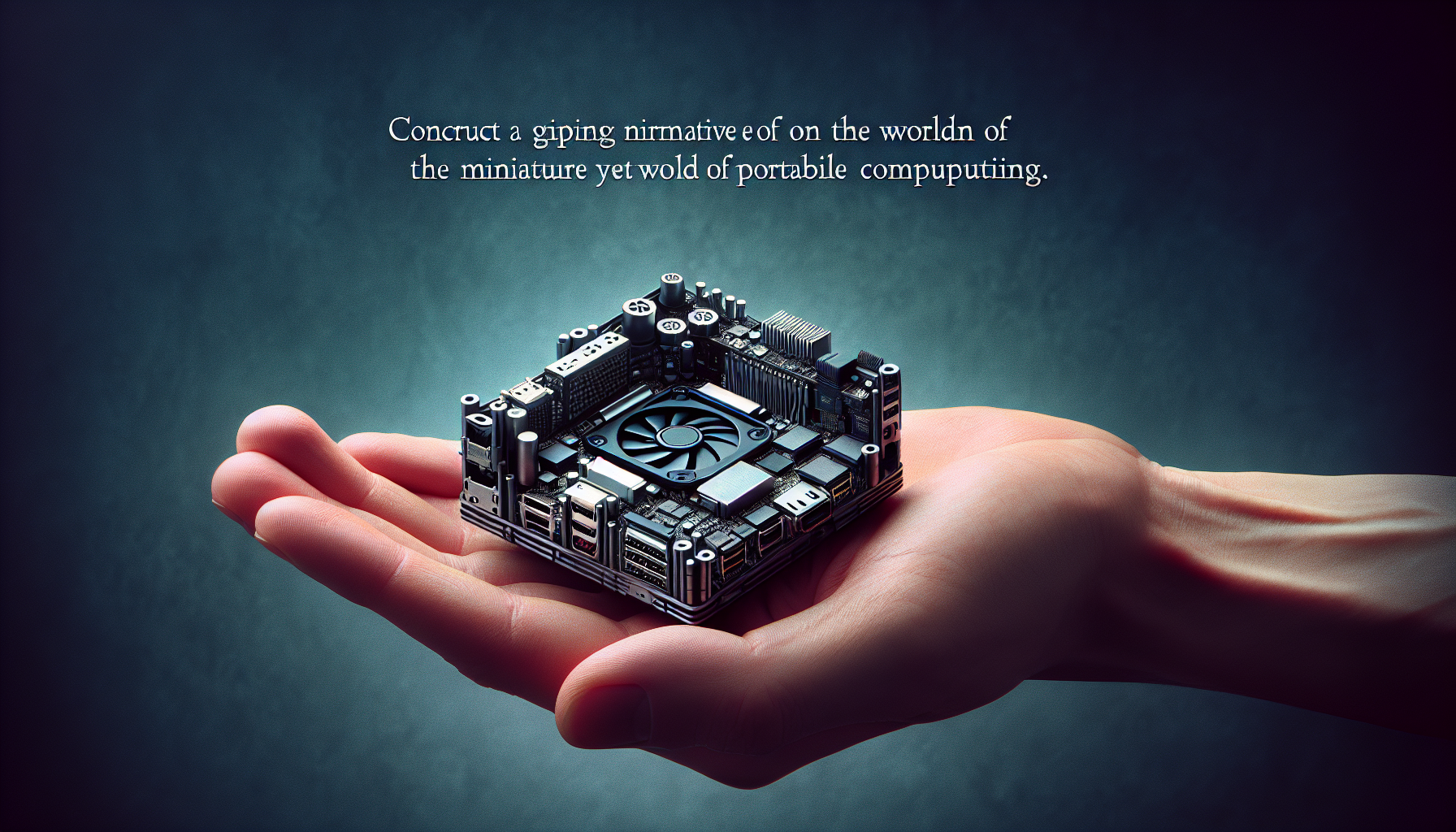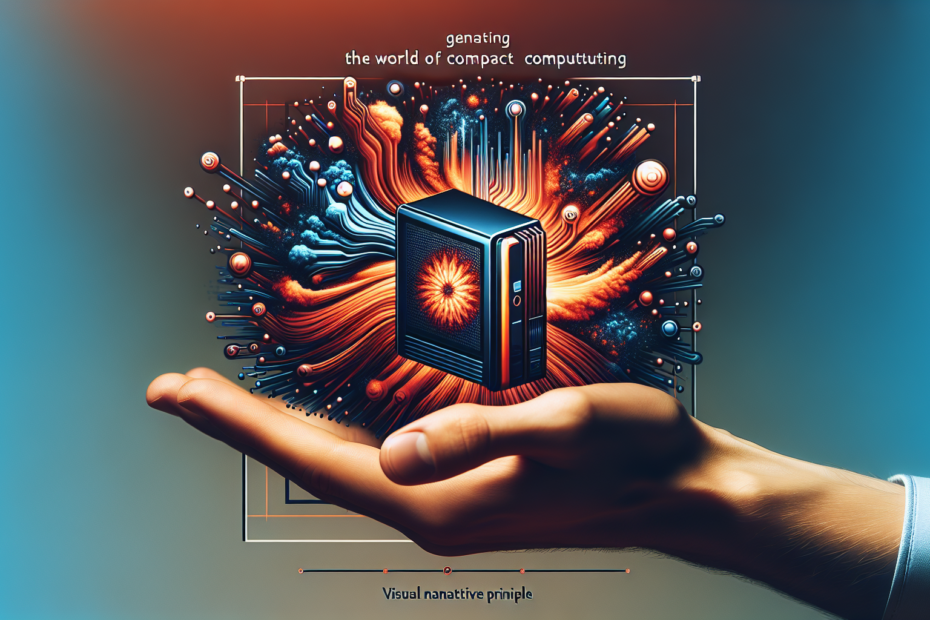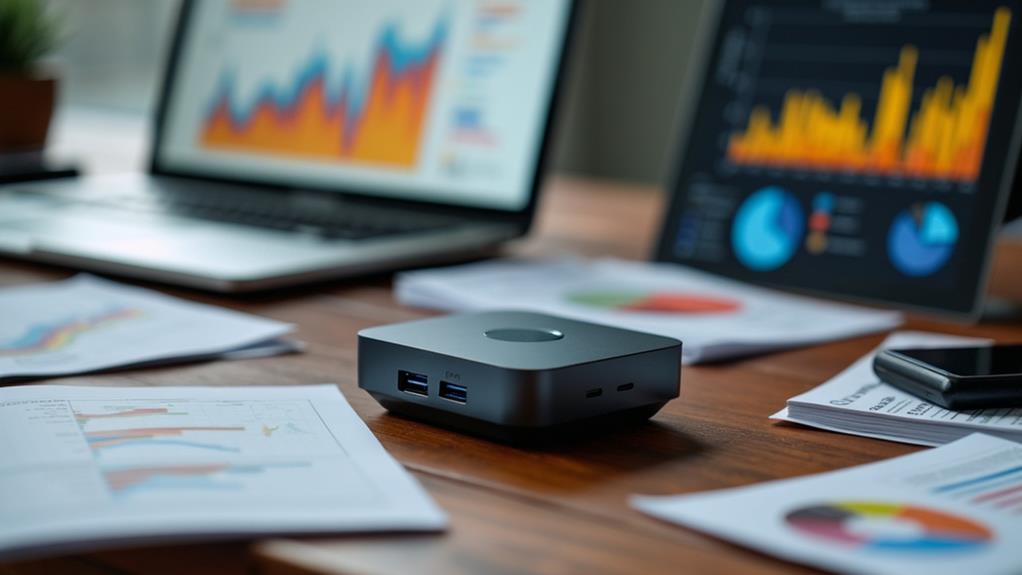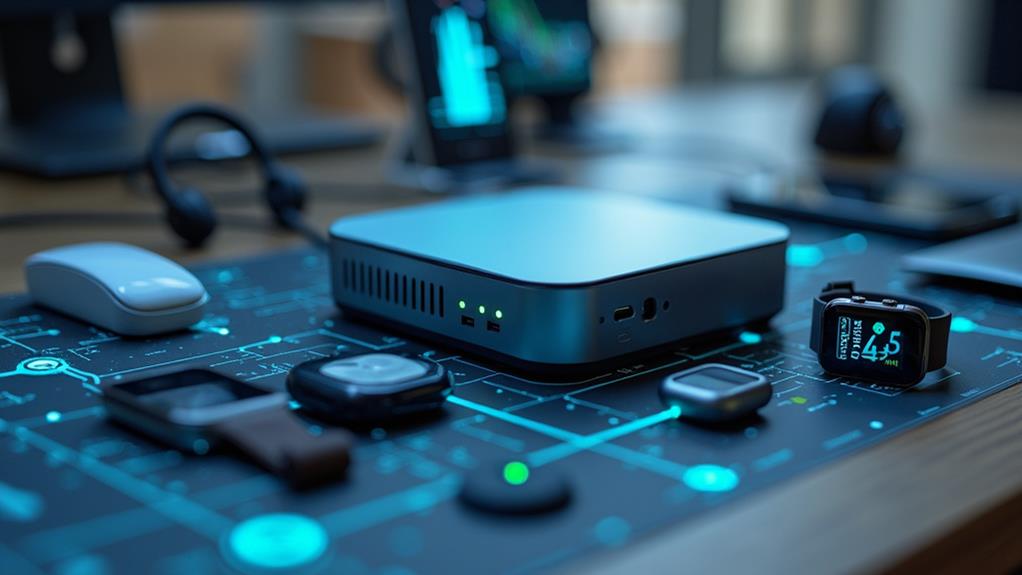



Have you ever wondered what a mini PC is called? Well, in this article, we will answer that exact question for you. Mini PCs, also known as compact or small form factor PCs, are becoming increasingly popular due to their compact size and versatility. These miniature computing devices pack all the essential components of a traditional desktop computer into a smaller form, making them ideal for space-conscious individuals or those looking for a portable computing solution. So, let’s dive in and explore the world of mini PCs and what they are commonly referred to as. A mini PC, also known as a miniature PC, compact PC, small form factor (SFF) PC, micro PC, tiny PC, nano PC, small PC, palm-sized PC, pocket PC, or ultra-small PC, is a small and portable computer that offers similar functionality to a traditional desktop computer. These devices have gained popularity due to their small size and versatility, making them suitable for a wide range of applications and users. In this article, we will explore the definition, functionality, features, advantages, and disadvantages of mini PCs, as well as compare them to traditional desktop computers. We will also discuss the common uses for mini PCs, factors to consider when choosing one, popular brands and models, DIY mini PC builds, and future trends in the mini PC industry.

Definition
A mini PC, as the name suggests, is a compact computer that is designed to be small in size. They typically have a form factor that is smaller than traditional desktop computers, making them more portable and space-saving. Mini PCs are built using similar components to desktop computers but are optimized for a smaller form factor. Despite their small size, mini PCs offer similar functionality and performance to traditional desktop computers, making them a versatile and convenient option for many users.
Functionality
Mini PCs are capable of performing all the tasks that a traditional desktop computer can handle. They have a CPU (Central Processing Unit) that can execute instructions, a RAM (Random Access Memory) for temporary data storage, and a storage device (such as an SSD or HDD) for permanent data storage. Mini PCs also have built-in graphics capabilities, allowing users to connect monitors and displays. In addition, they come equipped with various connectivity options, such as USB ports, HDMI ports, Ethernet ports, and wireless connectivity, providing users with the ability to connect peripherals, external devices, and access the internet.
Features
Mini PCs come with a range of features that make them suitable for different applications and users. Some common features found in mini PCs include:
Low power consumption: Mini PCs are designed to be energy-efficient, consuming less power than traditional desktop computers. This makes them ideal for users who want to save on energy costs or use them in environments with limited power supply.
Trending NowGMKtec Mini PC with Intel N150 ProcessorFast performance with energy efficiencyThe GMKtec Mini PC features the latest Intel N150 processor with 12GB DDR5 RAM, making it ideal for a range of tasks from gaming to office work. Its triple display support allows for enhanced productivity and entertainment.Small form factor: Mini PCs are compact and can be easily placed on a desk, mounted on the back of a monitor, or even carried in a bag. Their small size makes them suitable for users with limited desk space or those who need a portable computer for travel or remote work.
Quiet operation: Mini PCs are often designed to operate silently or with minimal noise. This is achieved through efficient cooling systems and the use of low-power components, making them ideal for situations where noise is a concern, such as home theater setups or office environments.
Integration with peripherals: Mini PCs usually have multiple USB ports, allowing users to connect peripherals such as keyboards, mice, printers, and external storage devices. They also typically have audio jacks for connecting speakers or headphones, as well as video outputs for connecting to monitors or TVs.
Wireless connectivity: Many mini PCs come with built-in Wi-Fi and Bluetooth capabilities, allowing users to connect to wireless networks, transfer files wirelessly, or use wireless peripherals. This enhances the convenience and flexibility of using a mini PC.
Advantages
There are several advantages to using a mini PC:
Space-saving: Mini PCs are smaller than traditional desktop computers, which means they take up less space on your desk or workstation. This makes them ideal for users with limited space or those who prefer a clutter-free workspace.
Hot PickDell OptiPlex 7050 Micro ComputerSleek design with powerful performanceThis refurbished Dell OptiPlex 7050 features an Intel Quad Core i5 processor and 16GB RAM, perfect for multitasking. Its compact design and dual display support make it suitable for both work and home environments.Portability: Mini PCs are lightweight and compact, making them easy to carry and transport. This makes them suitable for users who need a computer on the go, such as traveling professionals or students.
Energy-efficient: Mini PCs are designed to consume less power than traditional desktop computers, making them more energy-efficient. This not only helps reduce electricity costs but also contributes to a greener and more sustainable environment.
Quiet operation: Mini PCs are often designed to operate silently or with minimal noise. This makes them suitable for use in quiet environments, such as home theaters, bedrooms, or offices.
Versatility: Mini PCs offer the same functionality and performance as traditional desktop computers, making them suitable for various tasks and applications. They can be used for work, entertainment, gaming, media streaming, surveillance, and much more.
Cost-effective: Mini PCs are generally more affordable than high-end desktop computers, making them a cost-effective option for those on a budget. They offer good value for money without compromising on performance.

Disadvantages
While mini PCs offer many advantages, they also have some limitations:
Limited expandability: Due to their small form factor, mini PCs often have limited space for expansion slots and drive bays. This means that the ability to upgrade or add components such as additional RAM, storage, or graphics cards may be limited compared to traditional desktop computers.
Less powerful hardware: Mini PCs may not be able to match the performance of high-end desktop computers that have more powerful CPUs, GPUs, and cooling systems. While they can handle most everyday tasks, resource-intensive applications such as video editing or gaming at maximum settings may be limited by the hardware capabilities of mini PCs.
Reduced connectivity options: Mini PCs may have fewer ports and connectivity options compared to traditional desktop computers. This could be a limitation if you require multiple USB ports, display outputs, or other specific connectivity options for your setup.
Size constraints: While the small size of mini PCs is an advantage in terms of portability and space-saving, it can also be a limitation when it comes to fitting certain components or accommodating larger cooling systems. This may restrict the options for customization or upgrading certain hardware components.
Price-to-performance trade-off: While mini PCs offer good value for money, there may be a trade-off between price and performance when compared to traditional desktop computers. High-end mini PCs with more powerful hardware and greater expandability options may come at a higher price point.
In conclusion, a mini PC is a versatile and compact computer that offers similar functionality to a traditional desktop computer. With their small size, portability, and energy efficiency, mini PCs are suitable for a wide range of applications and users. While they may have limitations in terms of expandability, hardware performance, and connectivity options, the advantages they offer in terms of space-saving, portability, and versatility make them a compelling choice for many users. Whether you are looking for a home theater PC, a compact workstation, or a portable gaming rig, mini PCs provide a convenient and efficient solution. With ongoing advancements in technology and a growing demand for smaller and more powerful computing devices, the future of mini PCs looks promising.
Disclosure: As an Amazon Associate, I earn from qualifying purchases.




